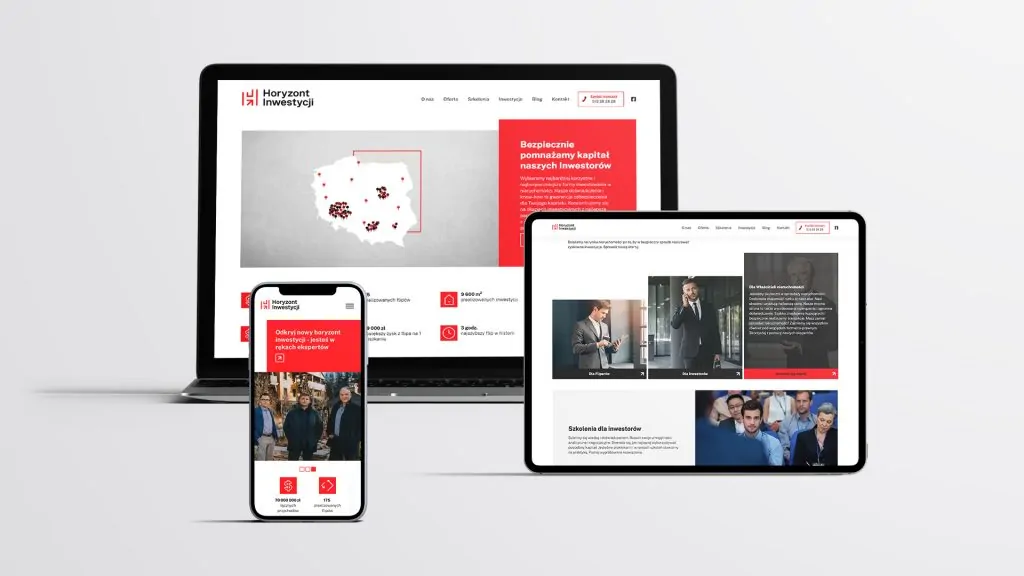Effective communication within an organisation is the core to the effective functioning of any business. Regardless of the industry or the size of the company, an efficient flow of information directly affects team productivity, employee engagement and ultimate business success. A study by the McKinsey Global Institute found that companies with effective internal communication achieve 20-25% higher productivity compared to their competitors.
What is and what are the types of communication in an organisation
Corporate communication is a complex process of information exchange that involves different directions and forms of communication. There are three main types of organisational communication. Horizontal communication occurs between employees at the same hierarchical level. It fosters interdepartmental cooperation and exchange of experience. Communication upwards Involves the flow of information from lower-level staff to management. It allows ideas and problems to be raised. By contrast, in downward communication guidance and information flows from management to subordinates. Important for strategy implementation and coordination of activities.
In addition to traditional face-to-face communication, modern organisations use a range of remote tools. Video conferencing, instant messaging or project management platforms allow for the efficient exchange of information regardless of the location of employees.
Principles of effective corporate communication
In order for communication in an organisation to bring tangible benefits, it is worth following a few rules:
1. Clarity and comprehensibility of messages
- Precise phrasing of thoughts is the most important part of effective communication. Rather than using industry jargon or complicated wording, it is advisable to rely on a simple and specific message.
Example:
Instead of: "We will implement a new business process optimisation strategy to maximise operational efficiency."
Better: "We will introduce new working methods that will help us work faster and more efficiently."
2. Constructive feedback and its importance
- The ability to give and receive constructive feedback builds an atmosphere of trust and promotes development. Instead of focusing solely on mistakes, it is useful to acknowledge achievements and point out areas for improvement.
An example of constructive feedback:
"Your presentation was very well prepared in terms of content. I appreciated the detailed analysis of the data. In the future, you should focus on a more dynamic way of presenting to better engage your audience."
3. Regularity and transparency in the flow of information
- Systematic sharing of information builds trust and a sense of belonging to the organisation. It is worth introducing regular team meetings, newsletters or knowledge-sharing platforms.
Communication in your company is lame?
Don't let it turn into a real crisis over time!
Tools to support company communication
Today's technology offers a range of solutions to improve the flow of information within an organisation. As he said Steve Jobs:
"Great things in business are never the work of one person. They are the work of a team of people."
So let's look at the tools that help teams work together more effectively:
Communicators and collaboration platforms
Tools such as Slack, Microsoft Teams if Asana enable rapid exchange of messages, organisation of projects and storage of documents in one place.
- Slack is distinguished by its ability to create thematic communication channels. The platform offers integration with more than 2,400 applications to centralise work processes.
- Microsoft Teams provides text-based communication, but also video conferencing, file sharing and integration with other Microsoft 365 tools. Teams also offers features such as virtual backgrounds and meeting transcriptions.
- Asana Instead, it focuses on task and project management by offering an intuitive interface and the ability to visualise work in different views (list, board, calendar). Asana also enables the automation of repetitive processes, and this saves the team time.

Videoconferencing systems
Solutions such as Zoom, Google Meet if Webex enable remote meetings to be organised. This is particularly important in remote and hybrid working.
- Zoom has gained popularity for its ease of use and features such as virtual backgrounds, breakout rooms and the ability to host webinars. Zoom also offers integration with a number of productivity tools, making it easier to plan and run meetings.
- Google Meet is distinguished by its integration with the Google Workspace ecosystem. As it says Sundar Pichai, Google's CEO:
- "Meet is a safe way to connect with anyone, anywhere."
- Webex from Cisco provides advanced security and encryption features. Webex also offers intelligent features such as meeting transcriptions and an AI assistant.
Knowledge management platforms
Tools such as Confluence if SharePoint allow the creation of an organisational knowledge base that facilitates access to information and promotes learning.
Confluence enables the creation, organisation and sharing of knowledge in the form of pages and workspaces. It also offers real-time collaboration features and integration with other Atlassian tools such as Trello. SharePoint provides a flexible solution for creating intranets and managing documents. Integration with Microsoft 365 allows seamless collaboration on documents, while advanced search features make it easy to find the information you need.
The choice of appropriate tools should be tailored to the organisation's specific characteristics, size and communication needs. As he said Peter Drucker:
"The most important thing in communication is to hear what has not been said."
It is worth conducting a needs analysis and testing different solutions before fully implementing them. Even the best tools are no substitute for a culture of open communication and collaboration within an organisation.
Communication as a motivational factor
Effective communication within a company streamlines processes and directly influences employee motivation and commitment. An open and frank exchange of information fosters trust and a sense of belonging to the organisation. According to research conducted by Gallup, employees who regularly receive feedback from their superiors are up to 3.6 times more engaged in their work. Regular one-to-one meetings, joint brainstorming sessions and mentoring and internal coaching programmes are therefore excellent examples of activities that support this process.
In particular, a two-way flow of information is an important element of effective communication. The opportunity for employees to express their opinions and submit ideas builds an atmosphere of openness and fosters innovation. Anonymous surveys, idea boxes - physical and virtual - or question-and-answer sessions with management are just some of the tools that can support this process.
Effective communication within an organisation is one of the pillars of business success. Companies that prioritise this aspect gain a competitive advantage and are better prepared to meet the challenges of the future. Implementing the strategies and tools described will create a working environment conducive to growth, innovation and the achievement of business goals.

